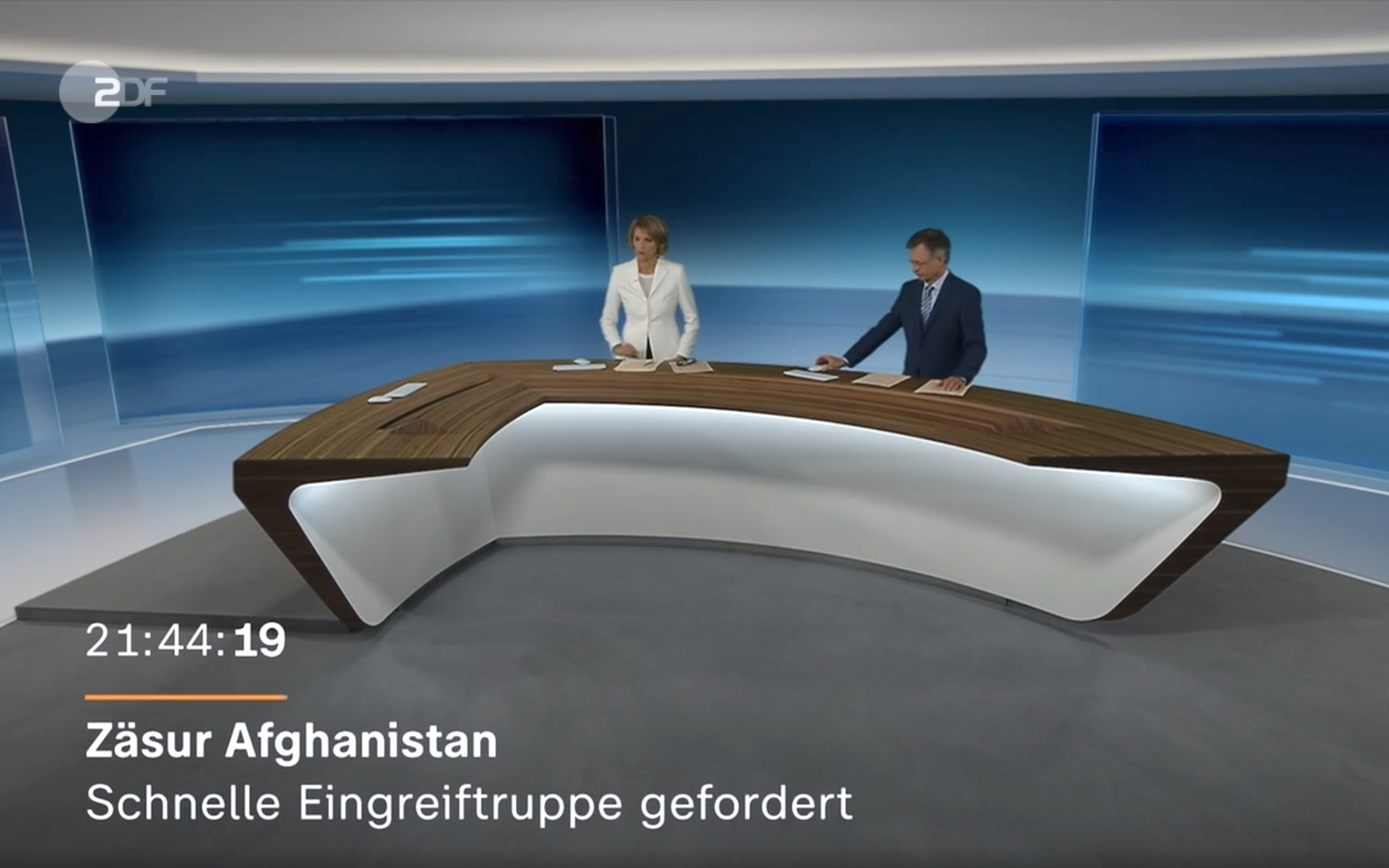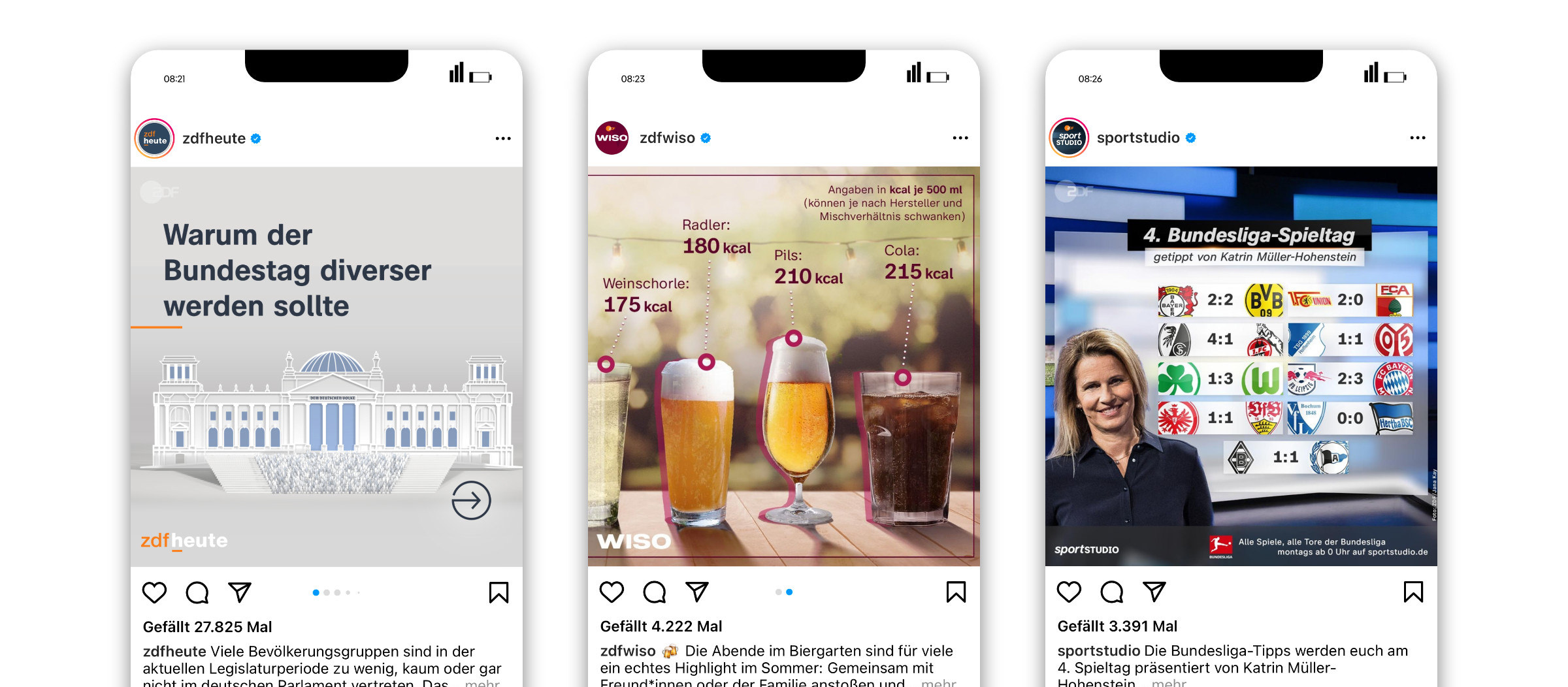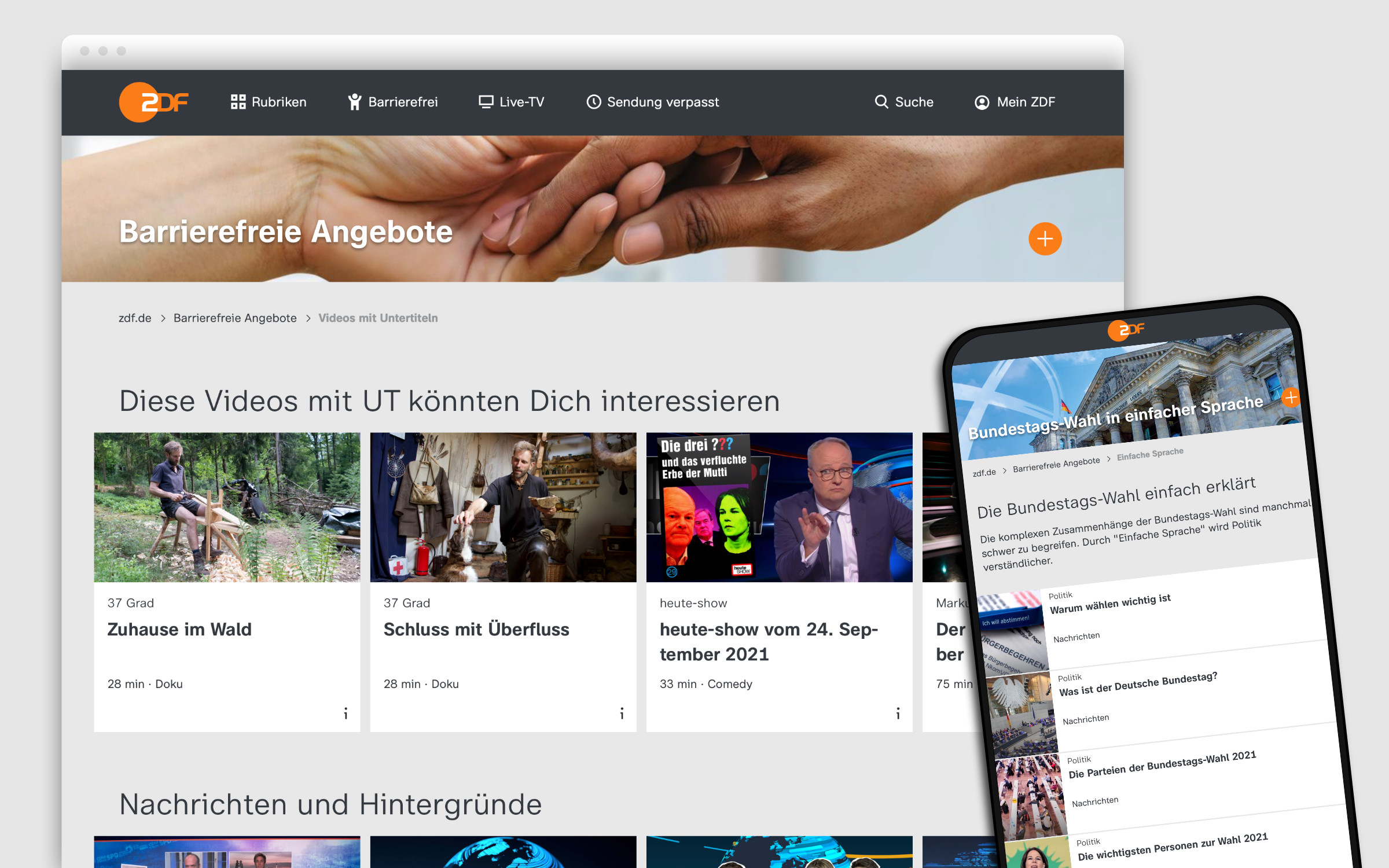



“A contemporary and flexible development process, with a competent team and a direct working relationship. The result: tailor-made.”
ZDF Marketing/Corporate Design




“Because we were able to work on design and technology in partnership with Fontwerk, it was possible to create a very comprehensive product in a very short timeframe and deliver it on time despite many necessary adjustments and additional requirements that arose during the design process.”
Ralph du Carrois, bBox Type

